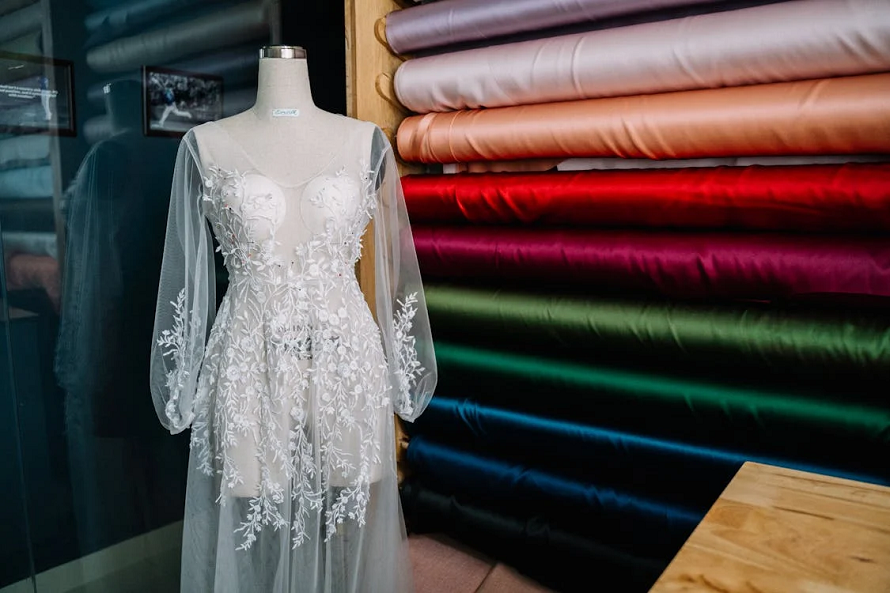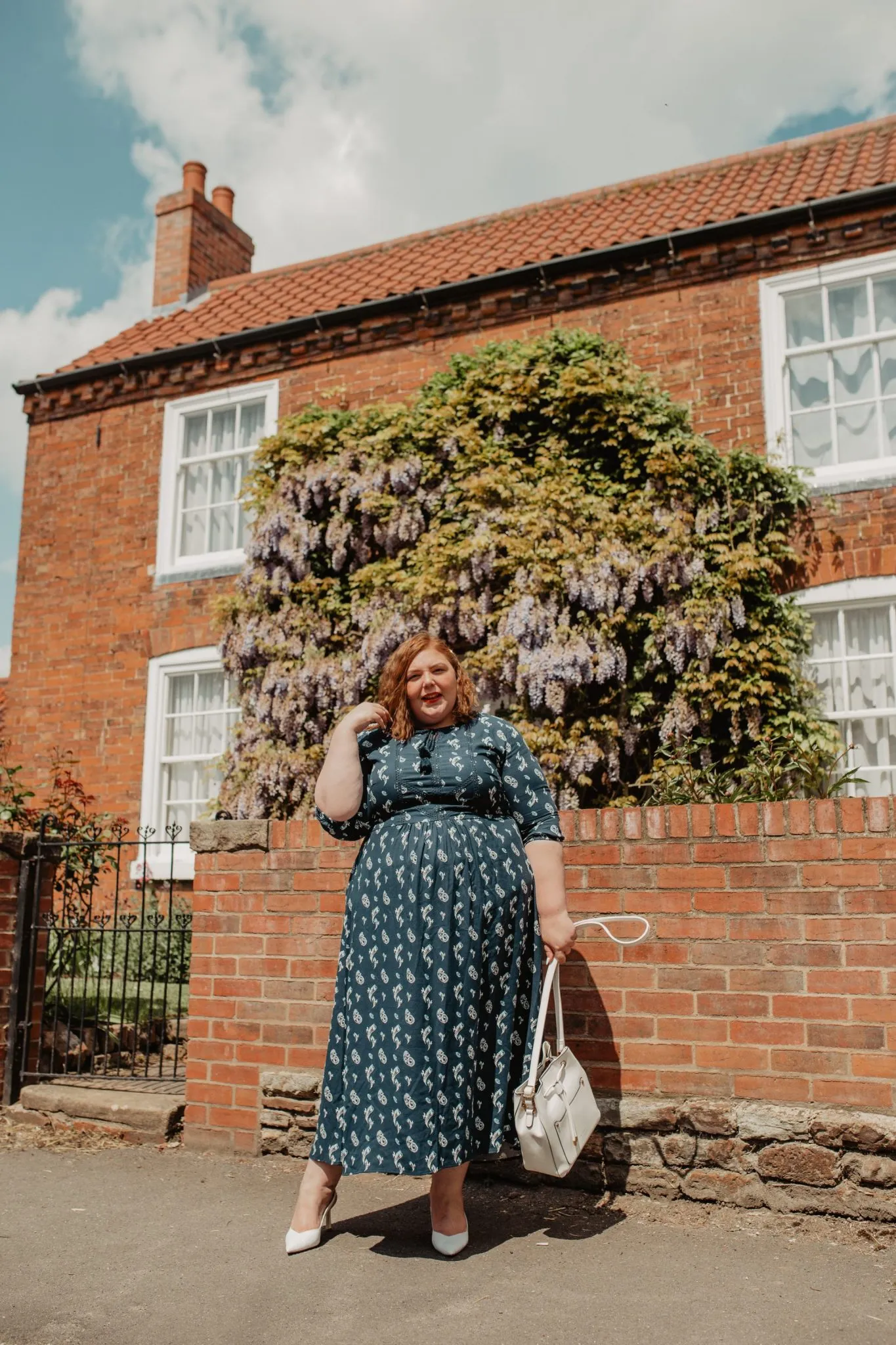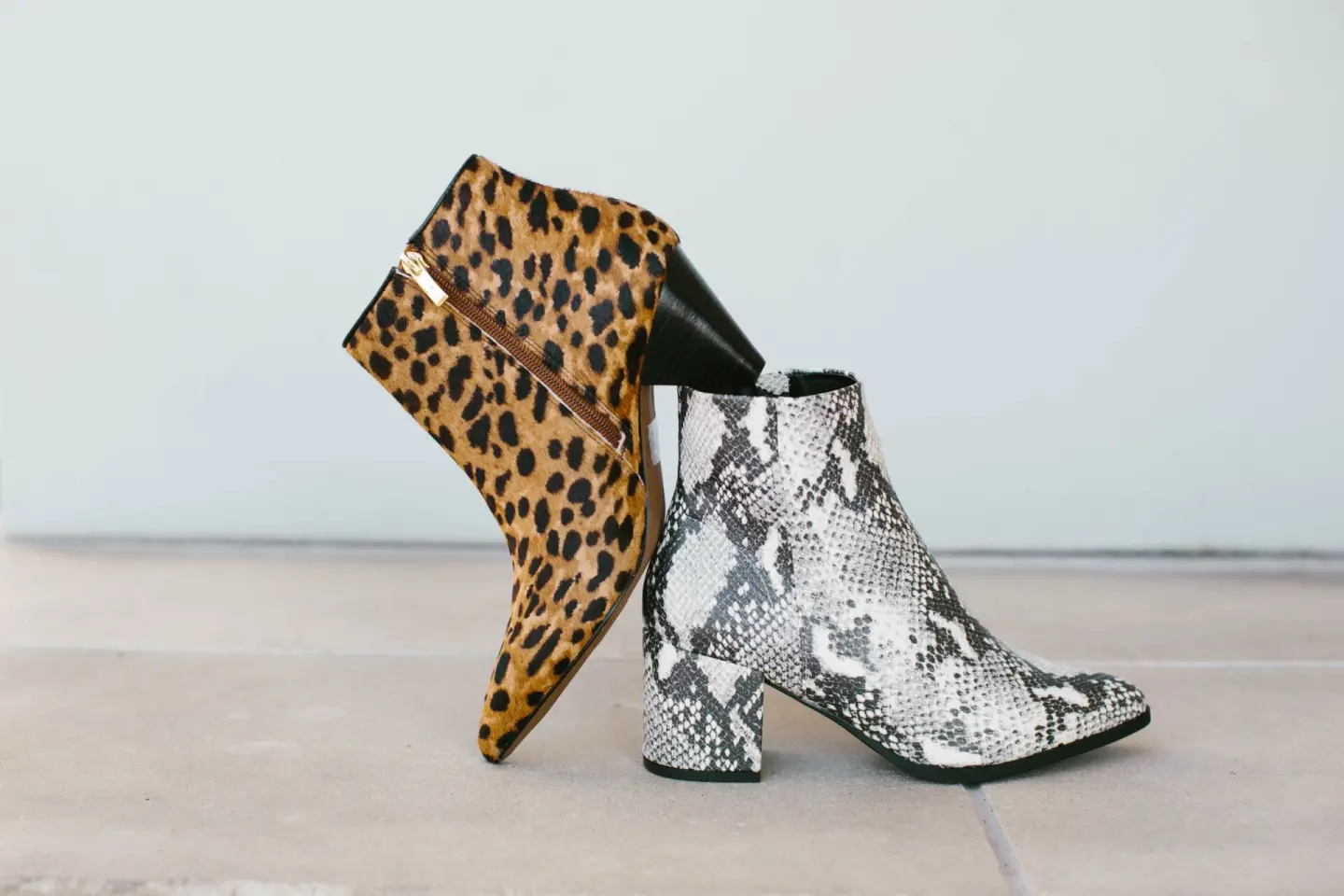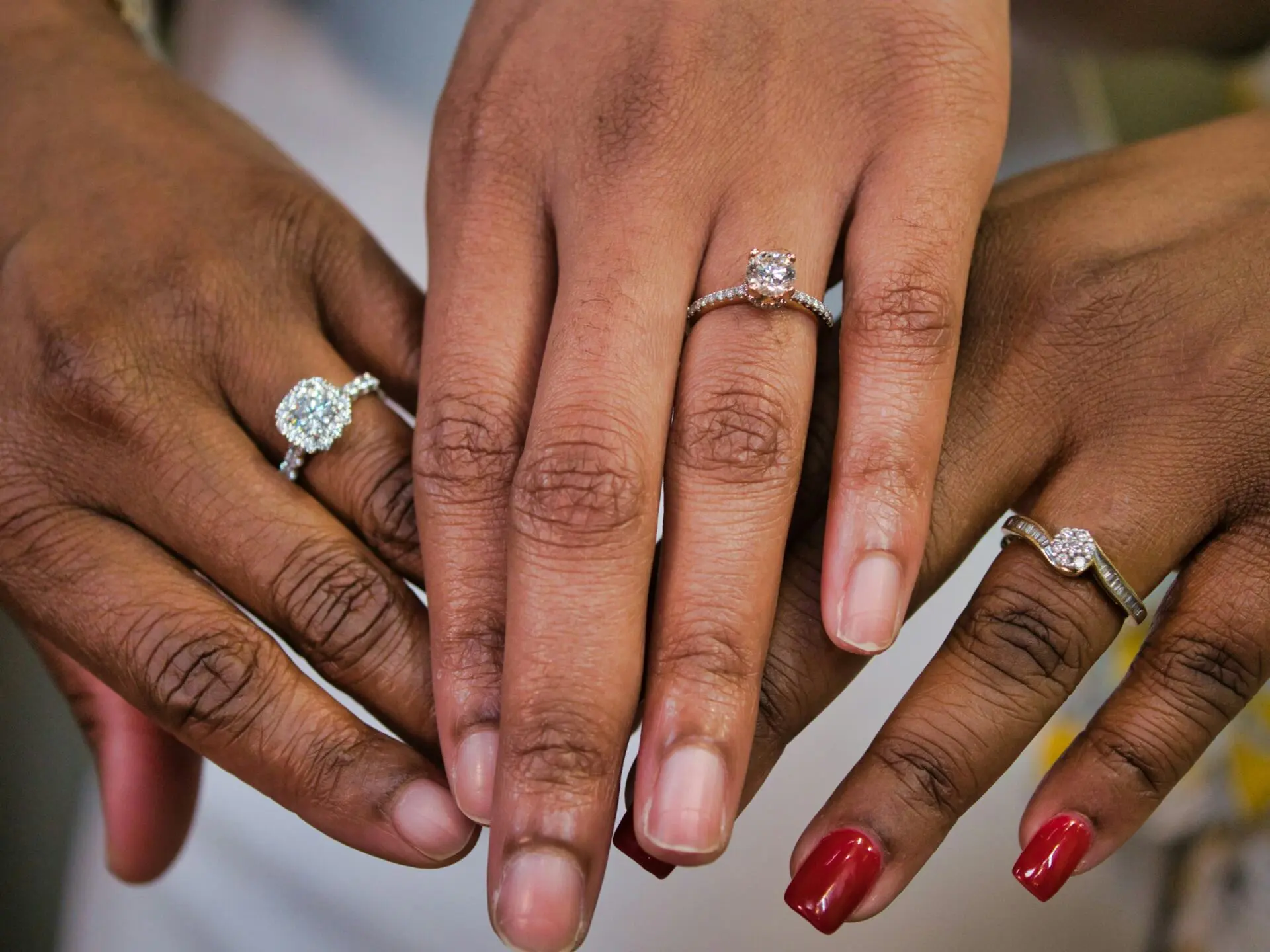Wedding wear is one of those trends that, on the whole, shows the constant evolution of fashion and beauty. Indeed, the modern bridal market characterizes the fusion between classic elegance and an essentially current flair, whereby designs never stop striving for innovations that further develop wedding gown beauty and special-occasion dresses. The proper fabric is at the root of choosing just the right kind for your purpose since, besides the visual look, comfort and durability largely depend on it as well. This article will cover the key fabrics used in bridal and special occasion designs, how to choose the perfect fabric, and why quality materials are crucial for the desired look and feel. We’ll also touch on how to source those fabrics effectively and why working with a trusted fabric supplier- like a fabric shop for designers- can elevate your creations.
Key Fabrics for Bridal and Special Occasion Dresses
Dress designers should choose the right material that reflects the designer’s vision by offering structure, flow, and comfort. Fabrics for bridal wear can range from delicate silk to luxurious taffeta and soft laces. This section shows some of the most popular fabrics used in bridal fashion and describes their characteristics.
1.Satin: Classic Bridal Fabric
Satin has been equated with luxury and elegance for an extended period of time, thus probably being the most sought-after type of fabric for wedding dresses. The fabric’s surface is smooth and lustrous, catching the light gorgeously and displaying an alluring, sophisticated outlook. It’s common for A-line, ball gowns, and mermaids because it keeps its structure and provides a drape. Satin is available in several types, which include duchess satin, charmeuse, and bridal satin. Duchess satin is heavier and best for structured gowns, while charmeuse is lighter and features a flowing drape suitable for softer, romantic silhouettes. The selection of satin depends on what look and feel is desired for the gown.
2.Tulle: Light and Airy for Dreamy Styles
Tulle is another bridal fashion staple, often used in layers for veils, skirts, or as an overlay. Known for its light and airy feel, tulle creates a voluminous look without adding much weight. It’s a favorite for designers who want to add a soft, ethereal touch to wedding gowns or create dramatic ball gowns with layers of cascading fabric.
Tulle is also commonly used for embellishments and decorations. Bridal tulle can be framed with lace, sequins, or beadwork to give further brilliance and texture to the wedding gown.
3.Lace: Always Classic and Meticulous
Lace is deeply rooted in the history of bridal fashion and remains a classic choice among brides. It finds application on overlays, sleeves, and even bodices, lending an intricate pattern that gives texture and visual interest to the design. Depending on the design, lace can be as delicate and soft or bold and dramatic. The various types of lace are Chantilly lace, Alençon lace, and corded lace. Chantilly lace involves delicate, floral motifs, whereas Alençon lace incorporates raised, embroidered designs on tulle and is thus rather popular for very expensive wedding gowns. Lace serves not only as a design element but also adds to the essence of luxury in a dress.
How to Choose Appropriate Fabric for Bridal and Occasional Wear Dresses
Choosing the right fabric is a critical stage for any designer since it may make or break the success of the gown. Each fabric has different properties that determine how the fabric will look, feel, and function. This section features factors to consider when choosing fabrics for bridal and special occasion dresses.
1.Consider the Style and Theme of the Wedding
The type of fabric that will be used should be determined based on the concept of the general theme of the wedding and the bride. For example, if the wedding is formal and traditional, using heavier, sumptuous materials like satin or taffeta can be ideal. In casual and bohemian-style weddings, it would be better to use lighter materials like chiffon or lace. Consider the location, whether it’s a gigantic church or a tiny wedding on a beach, and how it will affect matters.
2.Know the Season
Seasonality is another important factor in fabric selection. Heavier fabrics like satin and taffeta are great for winter weddings since they provide warmth and structure. Light and breathable fabrics such as chiffon, georgette, or organza are perfect for summer weddings. These materials allow air circulation and are more comfortable for warmer temperatures, ensuring the bride feels cool and elegant throughout her big day.
3.Focus on Comfort
Where there is aesthetics, there comes comfort, too. Because of the long hours needed to be spent on those dresses, a bride must choose fabrics according to her comfort. Also, particularly stiff fabrics may hinder good movements, and those that are too weak may not provide enough substance, so it is critical to have a perfect balance between texture and durability. For any bridal gown that needs a little flexibility and elegance, silk charmeuse provides an excellent balance.
Significance of Fine Fabrics in Bridal Attires
In bridal fashion, the quality of fabrics is important because the materials will determine how long the gown will last and how comfortable it will be. High-quality fabrics have a better chance of surviving many years in good condition; they offer luxurious looks and feel that lower-quality materials cannot compete with. This section examines why investment in high-quality fabrics is essential for designers and brides.
1.Durability and Longevity
Weddings are a one-time occasion, and brides expect their gowns to look great during the day and remain beautiful for years. High-quality fabrics are durable and will not easily fade, tear, or lose shape. Fabrics such as silk, satin, and lace-when outsourced from high-quality suppliers-offer craftsmanship that ensures the gown remains pristine, even after extensive wear and handling.
2.Improved Draping and Fit
The drape of any fabric directly influences fit and motion. Luxury fabrics are intricately woven or knitted to hold well, flow effortlessly, and complement the design of a gown. Poor fabrics cannot achieve this continuity and usually do not drape as nicely, making a dress less complementary. Gowns made from better quality materials promise high-end craftsmanship with precise details so that each look turns out immaculate from any direction.
3.Exquisite Finish and Aesthetic Appeal
In the designs of wedding gowns, the finish of the fabrics contributes to a major look in beauty. Good quality materials guarantee a refined look and feel that is soft and rich, hence upgrading the entire design. The quality fabrics like silk, chiffon, and taffeta provide a rich shine and texture, lending a finished and elegant touch to the gown. She would wish to feel beautiful on her special day; sometimes, just the right fabric does that.
Sourcing Fabrics: Why Work with a Reliable Supplier
Finding the correct type of fabric is indispensable for successful bridal design; this means working with a trusted supplier who can guarantee only materials of good quality are used. A good fabric shop will provide the designer with various fabrics. The range of choices is extensive and can cater to very particular needs or conceptions that the designer may have. Herein, we mention the benefits of collaboration with a trusted supplier of fabrics for bridal and other special occasion designs.
1.Access to a Wide Selection of Premium Fabrics
Working with an established fabric shop for designers offers a diverse range of high-quality selections. From silks for luxurious gowns to laces for beautiful detailing, a reputable fabric shop can offer a wealth of fabrics that meet one’s needs. This vast range of options allows designers to experiment with different textures, colors, and patterns; this is important in producing unique and personalized bridal pieces.
2.Professional Advice and Recommendations
Many experienced fabric suppliers possess great knowledge about the materials they supply. They advise designers on which fabrics best suit a particular design, wedding style, and seasonal consideration. Besides, they can recommend care and maintenance so the fabrics will last long through the wedding day and afterward.
3.Dependable and Prompt Delivery
This makes timely delivery of materials easy and effective, especially for designers with tight deadlines. A good supplier will have proper channels for ensuring orders are delivered on time, thus giving the designer confidence that materials will be provided in time to ensure that work is completed on time. Reliability is paramount in cases involving bridal and special-occasion garments due to the fact that a delay in the delivery of fabrics affects the entire timeline for the design.
Final Thoughts
Fabric selection will determine the overall look of a bridal and special occasion garment, the way it fits, and its comfort factors. Satin, tulle, and lace are very important fabrics within bridal wear, and finding the appropriate one for a particular design will enhance it even more. Working with good suppliers grants designers access to better raw materials and advice for a remarkable creation. Whether you create wedding gowns that are truly timeless or bridesmaid dresses with a more contemporary vibe, your choice of fabrics can make all the difference.




